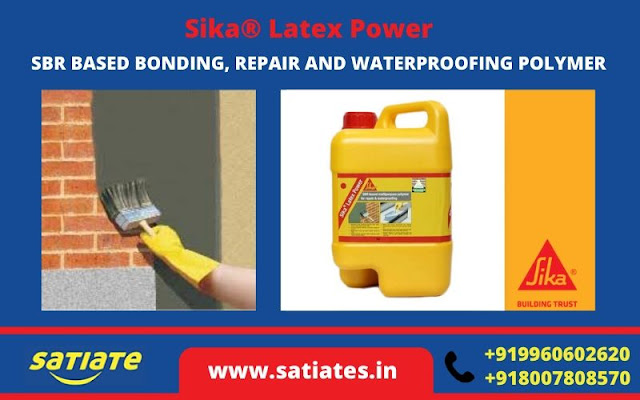Enhancing Structural Integrity and Longevity
Block Joining morter is an essential component in masonry construction, playing a vital role in bonding individual masonry units together to form strong and durable structures. Also known as block mortar or brick mortar, it provides cohesion, stability, and load-bearing capacity to walls, foundations, and other masonry elements.
The composition of block joining mortar typically consists of three primary ingredients: cement, sand, and water. These components are carefully proportioned to create a mixture with specific properties suitable for the task at hand. Various additives may also be included to enhance workability, adhesion, and durability.
Cement is the binding agent in the mortar. It reacts with water to form a chemical bond, known as hydration, which hardens the mixture over time. Portland cement is commonly used due to its excellent strength and durability properties. Other types of cement, such as blended cements or specialty formulations, may be employed depending on the project requirements.
Sand acts as the filler material in the mortar mix. It provides bulk and contributes to the overall volume of the mortar. The sand used should have a specific particle size distribution to ensure good workability and strength. Coarser sands with well-graded particles are generally preferred for block joining mortar.
Water is essential for the hydration process, which allows the cement to harden and gain strength. The water-cement ratio is carefully controlled to achieve optimal hydration while maintaining workability. Excessive water can weaken the mortar, while insufficient water can hinder proper hydration.
Additives are often incorporated into Block Joining morter to improve its properties. Plasticizers or water reducers can enhance workability and make the mortar easier to mix, spread, and trowel. Retarders may be added in hot weather conditions to slow down the setting time, preventing premature drying and ensuring proper curing. Air-entraining agents can introduce small air bubbles into the mortar, improving freeze-thaw resistance.
The process of applying block joining mortar involves several steps. First, the masonry units, such as concrete blocks or bricks, are arranged in the desired configuration, leaving gaps between them for mortar application. The mortar is then mixed according to the manufacturer's instructions, ensuring a consistent and homogeneous mixture.
The mortar is typically applied in horizontal layers, also known as courses, using a trowel or pointing tool. A layer of mortar is spread on the top surface of the lower masonry unit, and the next unit is placed on top, gently pressing and tapping to ensure proper adhesion. Excess mortar is scraped off, and the joints between the units are filled with additional mortar. Care must be taken to ensure that the mortar is adequately compacted in the joints to achieve maximum strength and minimize the risk of voids.
During the curing process, block joining mortar gradually hardens and gains strength. Curing time can vary depending on factors such as temperature, humidity, and the type of cement used. It is crucial to protect the mortar from excessive drying during curing, as rapid moisture loss can lead to reduced strength and cracking.
The quality of block joining mortar is critical for the long-term performance of masonry structures. It must adhere well to the masonry units, withstand compressive and shear forces, and resist weathering, moisture, and other environmental factors. Proper mixing, application, and curing practices, as well as the use of high-quality materials, are essential for achieving a strong and durable mortar.
In conclusion,
block joining mortar is a crucial element in masonry construction, providing the necessary bonding and stability for walls, foundations, and other masonry structures. Its composition, including cement, sand, water, and additives, is carefully balanced to achieve optimal properties. Proper mixing, application, and curing practices are essential to ensure the mortar's strength, durability, and long-term performance.
Url:- https://www.satiates.in/sika-block-joining-mortar.php
Contact:- +91 8530409518
Source Link:- https://satiate.ampblogs.com/enhancing-strength-and-durability-of-masonry-structures-55790778



Comments
Post a Comment